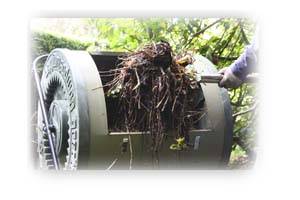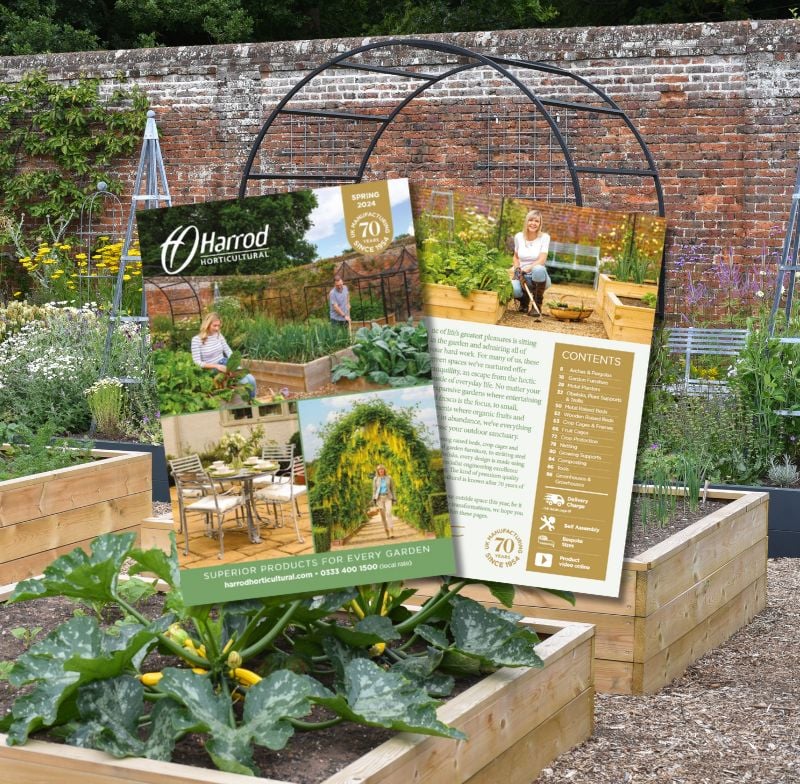Many gardeners and allotment holders are reviewing their composting activities and aiming to save money by producing more of the nutrient-rich home made stuff next year.
Choosing whether to go for a traditional compost bin or heap or go for the speedy tumbling option is something we've covered already - a read through our Hot or Not composting advice will refresh your memory - but working out which capacity Compostumbler you'll need is altogther more tricky. Experience has shown that the best way to try and estimate which model of Compostumbler you will require (we'll rule out the smallest model of tumbler which is essentially for small scale waste and often situated by the back door, leaving us with the 220, 334 and 635 litre - single and double chamber - versions) is to try and picture just how much compostable waste your garden is likely to produce. This helps greatly in working out which capacity tumbler you'll need and the common or garden wheelie bin is an ideal starting point. These bins hold 240 litres and it's surprising how much material you can compress into one, which gives you a good idea how much stuff you can squeeze into each sized compost tumbler.
Experience has shown that the best way to try and estimate which model of Compostumbler you will require (we'll rule out the smallest model of tumbler which is essentially for small scale waste and often situated by the back door, leaving us with the 220, 334 and 635 litre - single and double chamber - versions) is to try and picture just how much compostable waste your garden is likely to produce. This helps greatly in working out which capacity tumbler you'll need and the common or garden wheelie bin is an ideal starting point. These bins hold 240 litres and it's surprising how much material you can compress into one, which gives you a good idea how much stuff you can squeeze into each sized compost tumbler.
It's also important to recognise that Compostumblers produce their best results when they are filled in one hit. I’ve found in practice at our own Harrod Horticultural Kitchen Garden that filling the tumbler in one go with a large volume of material works wonders. Once the composter is loaded, shut the door, don’t add any more material to the tumbler until the batch reaches maturity and turn daily. This practice generates the heat needed for hot composting very quickly and the compost reaches a usable state in a much shorter time than standard bins.
I should stress that it’s not essential to follow this advice and you can add material on an ad-hoc basis if you wish, but expect to both wait longer for the finished product and sieve out the larger material which hasn't had time to decompose as well.
The way the tumblers operate does mean that you’ll need to designate an area in which to store your compostable material until you have enough to fill the drum but as this material is breaking down whilst being held in a traditional bin or heap, it does have a slight head start when it eventually reaches the tumbler, and you will benefit from usable compost in a shorter time – measured in weeks rather than months.
UK Manufacturing since 1954


























